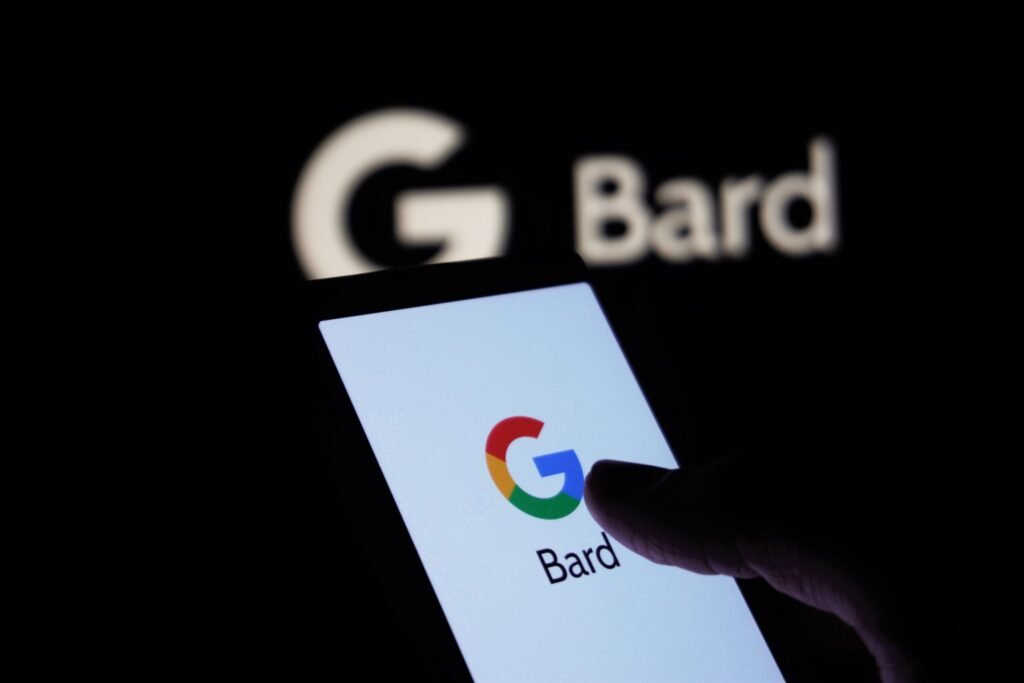
Google’s Bard artificial intelligence chatbot is evolving. The company on Tuesday announced a series of updates to Bard that will give the chatbot access to Google’s full suite of tools including YouTube, Google Drive, Google Flights, and others to assist users in a wider variety of tasks. Users will be able, for example, to ask Bard to plan an upcoming trip, complete with real flight options. Or a user could ask the tool to summarize meeting notes made in a recent Google Drive document.
The connections to Google’s other services are just some of the improvements to Bard coming Tuesday. Other updates include the ability to communicate with the chatbot in multiple languages, new fact-checking capabilities, and a broad update to the large language model that the tool is built on. The new features mark the biggest update to Google’s Bard in the six months since it was widely released to the public.
The update comes as Google and other tech giants, including Microsoft and ChatGPT maker OpenAI, race to roll out increasingly sophisticated consumer-facing AI technologies, and to convince users that such tools are more than just a gimmick. Google, which earlier this year reportedly issued an internal “code red” after OpenAI beat it to the release of its AI chatbot is now flexing the power of its other, widely used software programs that can make Bard more useful.
The company said that users’ personal Google Workspace information will not be used to train Bard or for targeted advertising purposes, and that users can withdraw their permission for the tool to access their information at any time. “This is the first step in a fundamentally new capability for Bard – the ability to talk to other apps and services to provide more helpful responses,” Google said of the extensions tool. It added that “this is a very young area of AI,” and that it will continue to improve based on user feedback.
Bard is also launching a “double-check” button that will allow users to evaluate the accuracy of its responses. When a user clicks the button, certain segments of Bard’s response will be highlighted to show where Google Search results either confirm or differ from what the chatbot said. The double-check feature is designed to counter a common AI issue called “hallucinations,” where an AI tool confidently makes a statement that sounds real but isn’t actually based in fact.
It’s still early days for Bard, which launched in March as an “experiment” and still notes on its website that the tool “may display inaccurate or offensive information that doesn’t represent Google’s views.” But this latest update offers a glimpse at how Google may ultimately seek to incorporate generative AI into its various services.